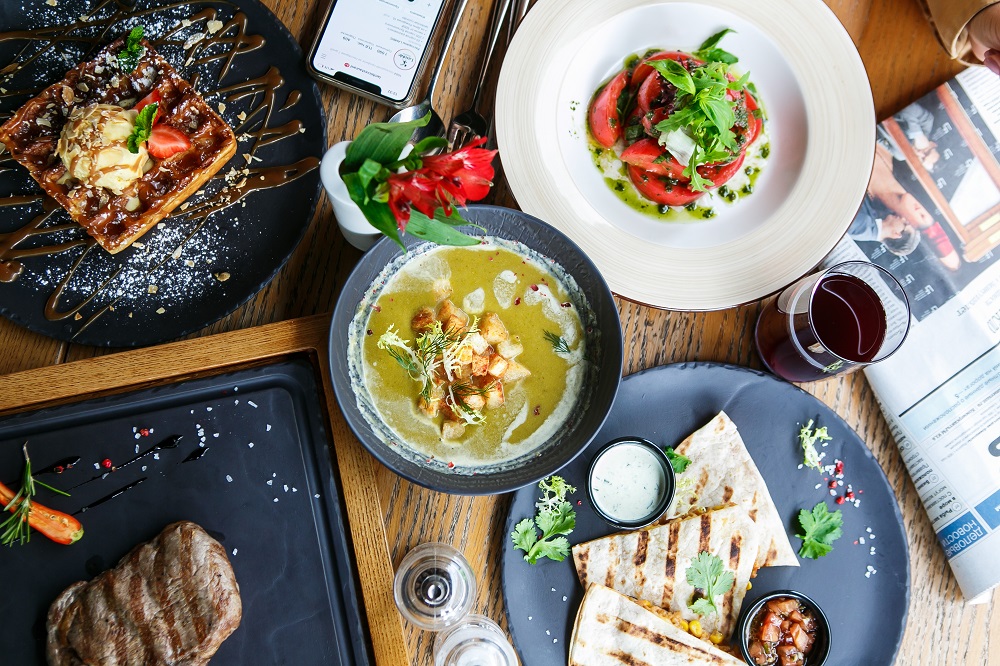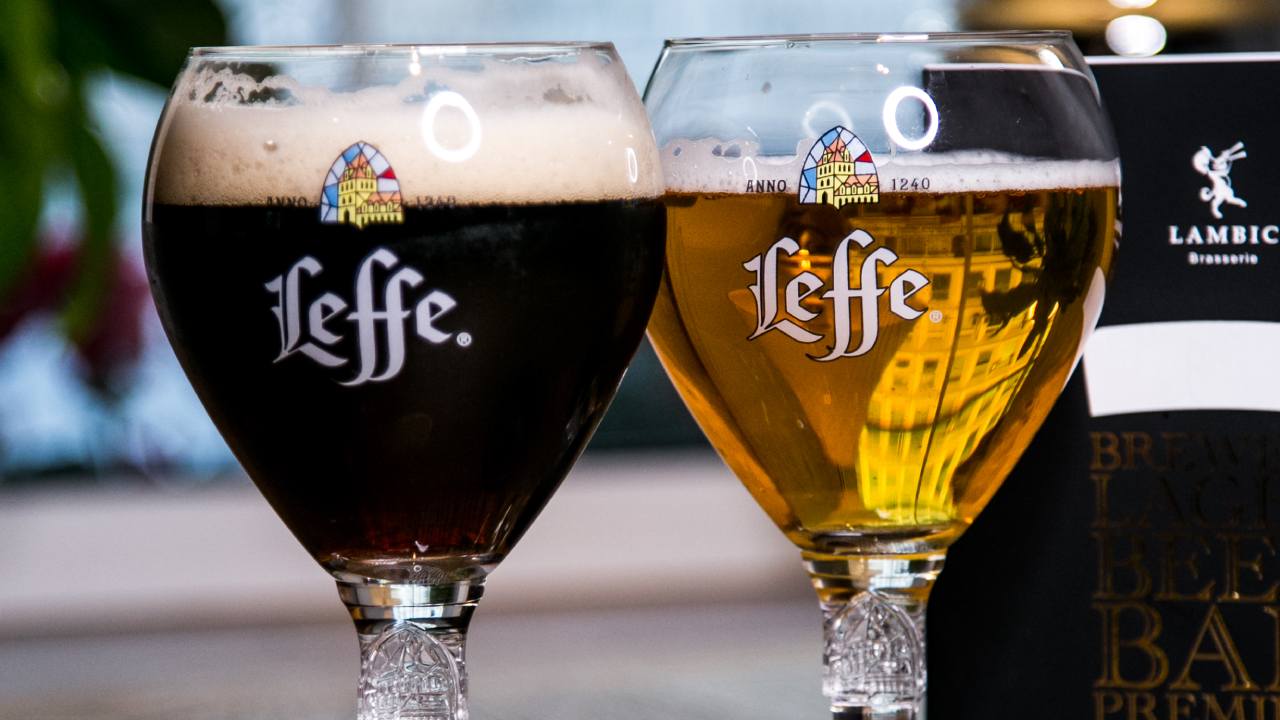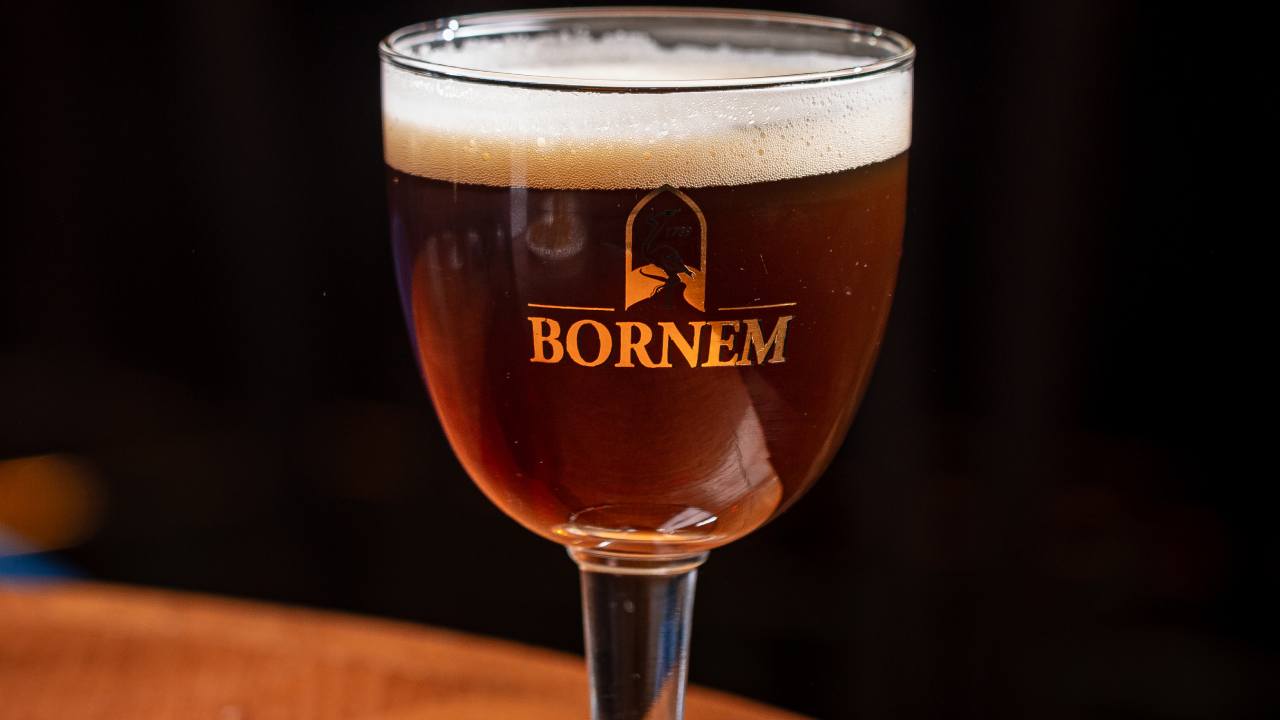How did business lunch historically come about?

A business lunch is a lunch for busy people served in restaurants during certain hours, most often between 12 and 15. It includes tasty, hearty but easy-to-prepare dishes so that you can have time to eat during your lunch break. And business lunch is also relatively inexpensive compared to the regular menu, which also makes it attractive to office workers.
Each of us has been to a restaurant for business lunch at least once in our lives, but not many people know its history. Let’s fix that!
How it all began
Business lunch appeared in England in 1706. In those days, businessmen did not have their own offices, and all important issues were solved in restaurants, over a shot of cognac or a cup of coffee and a cigar. Tea was not served in such places — the drink was considered rare and expensive, and it was more often preferred by women, who were not allowed in places where men drank alcohol and smoked tobacco.
Restaurateur Thomas Twining decided to kill several birds with one stone at once — he opened a tea room at his restaurant and introduced the drink into everyday life, excluding alcohol on principle. The news that there was a quiet place where you can quietly negotiate, soon spread throughout London, and gradually the restaurant acquired a reputation as a business center. And the snacks served with tea and sandwiches, which were invented in the same England a little later, began to be called business lunch — that is, a lunch at which all business matters could be resolved.
In our country, the convenience of business lunch was appreciated a little later — only in the 19th century, and it was served exclusively in inns. And in the days of the Soviet Union it changed its name altogether, becoming a «set lunch». In inexpensive establishments this phrase is still used today, while decent restaurants have returned the business lunch to its usual name, although the principle of the three-course menu has been preserved since the Soviet times.
Where to try
Today, business lunches are offered by most of the capital’s establishments. Usually they are a standard set of soup, salad and hot food, sometimes they can be supplemented with drinks and desserts. At the same time, the dishes themselves may vary, and it usually depends on the cuisine offered by the restaurant.
There are business lunches and in the menu of Belgian brasseries Lambic. And it bears little resemblance to the Soviet «complex lunch» — here we are rather talking about refined cuisine. For example, you can order cheese soup with shrimps, fish and chips with tartar sauce, bruschetta with chicken liver with caramelized onions for only 790 rubles. Salad+soup" or ‘salad/soup+hot food’ sets will cost you even cheaper. And since Lambic is a beer restaurant, you can ask for a glass of refreshing beer to pair with the dishes, breaking all Thomas Twining’s principles. We are waiting for you for lunch!

The strongest beers: what to try
Beer is considered to be a light drink - you can drink a lot of it and hardly get tipsy. But this is true only for non-strength varieties. Meanwhile, there are some that can easily give a head start to both vodka and whiskey. Let's tell you more about them! World leaders Brewmeister Snake Venom (67.5%) Scottish ale called “snake venom” for its incredible strength. It is achieved by smoking peat malt, using two types of yeast and multiple freezing. Despite the high concentration of alcohol, the beer is characterized by softness, retaining hop aroma and malt bitterness. Price - more than 6000 rubles. Used in cocktails. Brewdog Strength in Numbers (57.8%) The result of a collaboration between BrewDog and Schorschbräu, who created the beer using the “Icebock” method (freezing and clearing of ice). Additional strength was provided by a 10-year-old whisky. It was released in a limited edition at a price of $40 for 50 ml. Brewmeister Armageddon (65%) Scottish beer made from crystal malt, oats, wheat and spring water. The strength is achieved thanks to the addition of aged whisky. Price - from 5000 rubles. Koelschip Start the Future (60%) Dutch ale obtained by the “Icebock” method. Despite the standard ingredients, the flavor turned out to be unusual - sweet-tart with soapy and peppery notes. Created as an experiment, not flavor-oriented. Price - approximately $46 for 330 ml. Schorschbrau Schorschbock 57 (57%) German ale from the famous Schorschbrau brewery, which usually produces beers with a strength of 13-16%.It is distinguished by dark amber color, oily texture and burning taste with whiskey notes. It is produced in limited batches, the price is $300 for 400 ml.Rock Bottom Campbell Beer PT's Punch (56%)A California ale with guava, orange and passion fruit. Easier to drink than its European counterparts, with a pleasant bitterness and floral notes. Unlike other experimental varieties, the drink is available in online stores for pre-order. Strong in Lambic In our country, of course, you can not drink 50-degree beer. But you can treat yourself to a strong foamy drink in any beer restaurant. At Lambic we offer several with high strength. The result of a collaboration between BrewDog and Schorschbräu, who created the beer using the “Icebock” method (freezing and clearing of ice).Additional strength was provided by a 10-year-old whisky. It is listed in the Guinness Book of Records as the strongest in the world, and the high degree is achieved thanks to fermentation. We will recommend excellent gastronomic accompaniments for all varieties so that you can get a real pleasure. We look forward to seeing you!
23 April 2025

Bornem Double beer: a taste with a history
There are many special options among Belgian brews, especially when it comes to beers with a history. But Bornem Double stands out even among such stars. At the recent California Microbrew Beer Festival, this Van Steenberge Abbey draft was recognized as the best in its category. What is its charm — we will tell you in this article. Main features Bornem Double is a lively beer with a full, rich, velvety flavor that harmoniously combines fruity notes and malt sweetness. The long aftertaste reveals nuances of spices and chocolate, as well as neat hop notes. Separately it is worth talking about the aroma. It is very beautiful, with notes of milk chocolate, brown sugar, vanilla and spices. The variety is good both inside and outside — in the glass it reveals a deep dark brown color with burgundy reflections. Bornem Double is usually served with meat dishes — steaks, grill, game, sausages. Despite the rather high strength of 8%, the beer is very drinkable, and you can hardly feel alcohol in it. It is also perfect for cold seasons, as it has a warming effect. Secrets of production The history of Bornem beer began in 1957 at the Beirens brewery in the town of Wommelgem. After the brewery closed in 1971, thanks largely to the abbots of the Bornem monastery, the recipe was taken over by the Van Steenberge brewery. The beer was originally sold under the St. Bernard brand and with the monk’s image on the label. However, to avoid similarity with the St. Bernardus Watou brand, the logo was changed: an image of a heron holding a fish appeared on the label. The choice of the symbol is not accidental: the heron is a typical inhabitant of the neighborhood of Bornem, which reflects both the charm of the local fauna and the traditional culture of the region. By the way, the word «heron» is often found in the names of local bars and brasseries. The main feature of this dub is the manufacturing technology. The beer is not pasteurized, and after primary fermentation in barrels it undergoes secondary fermentation in bottles, acquiring its unique taste. You can try Bornem Double in any Lambic brasserie. In our beer restaurants you will find a large selection of varieties from all over the world, including Trappists, as well as an excellent assortment of dishes and always cozy atmosphere. Come — we will find something to surprise you!
23 April 2025
